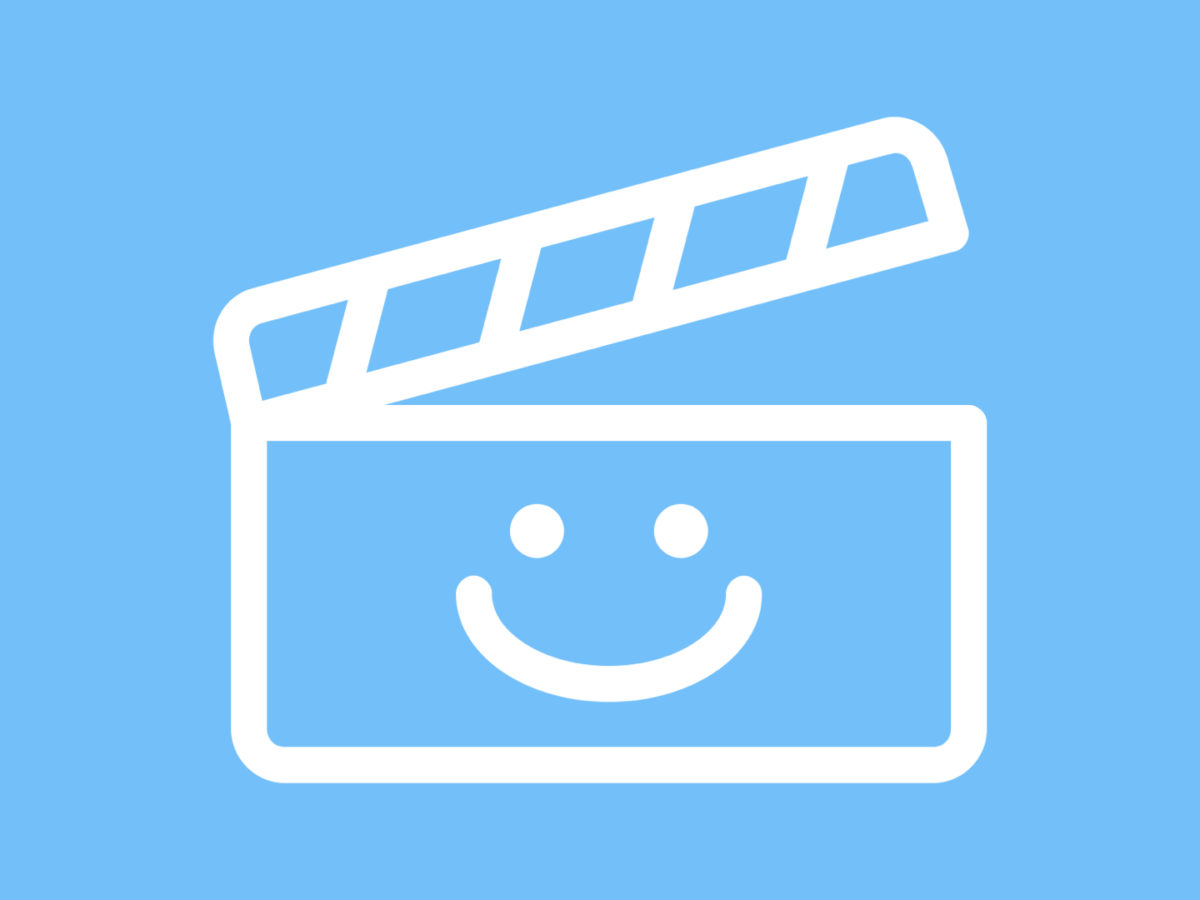A great story is more than entertaining and captivating – it can be the glue that helps you organize your information to create a more cohesive, coherent brand.
There are plenty of story constructs you can use. When it comes to brand stories, the classic is:
- What the world was like before your brand
- The inspiring moment that led to the creation of your brand
- People come to love your brand
- What the world looks like today, now that your brand exists
If you’re telling a story in a speech setting, you can be a bit more dynamic, bringing in elements of the hero’s journey or the three act play. Your brand story is wrapped in there, to be sure – but there’s more scope for adding human interest. What’s the top reason people don’t give a damn about your story? It’s all in this post.
Now let’s add a twist.
Why we all ‘get’ movie storytelling
I was working on an AGM speech with a CEO a short while ago. We had laid out the storyboard and talking points, and were now turning our attention to organizing the whole around a storyline.
Worried that nobody gives a damn about your story? Then craft it like a blockbuster director would! Click To TweetThe CEO turned to me: “I know the whole hero’s journey thing. I can see bits of that here. But I really want to visualize this as a movie story.” Need a short story? Think in terms of an elevator pitch – read about that here.
Without thinking I replied that this was a classic Mickey Rooney / Judy Garland story – there’s a problem the grownups don’t want to solve, so the kids get together and with boundless enthusiasm, put on a show to save the day.
We both agreed this was a good template. And the AGM speech got a great storyline, inspired by Mickey and Judy.
Why movie storytelling makes it easy
The moment we had our movie in mind, organizing our information into a compelling speech became easy.
Essentially, the movie provided more than a construct – we began to visualize the characters that needed to populate our speech, and the adventures they’d have.
Sure, most stories reflect the hero's journey. But instead of thinking about them theoretically like a hero's journey matrix, make them easy to 'get' by thinking like a movie description. Click To TweetYou can argue this is all in the hero’s journey. I’d agree.
But somehow, putting a face to the characters made an incredible difference. And knowing the actual twists and turns of the movie plot enabled us to pattern our own plot without wondering if people would follow along.
I can tell you from my personal experience that movie storytelling works. The experience made my life easier, and elevated our chances of success. If writing a compelling brand the story or speech has you stumped, give it a try.
Liked this story? Want more? Here are a few you might enjoy:
If you want to tell a better story yourself, start with my book Your Ultimate Presentation.
To get my insights straight to your inbox, make sure to sign up for my newsletter below.
Of course, the ultimate gift you can give me is to share this story on social media. The more readers, the better!



